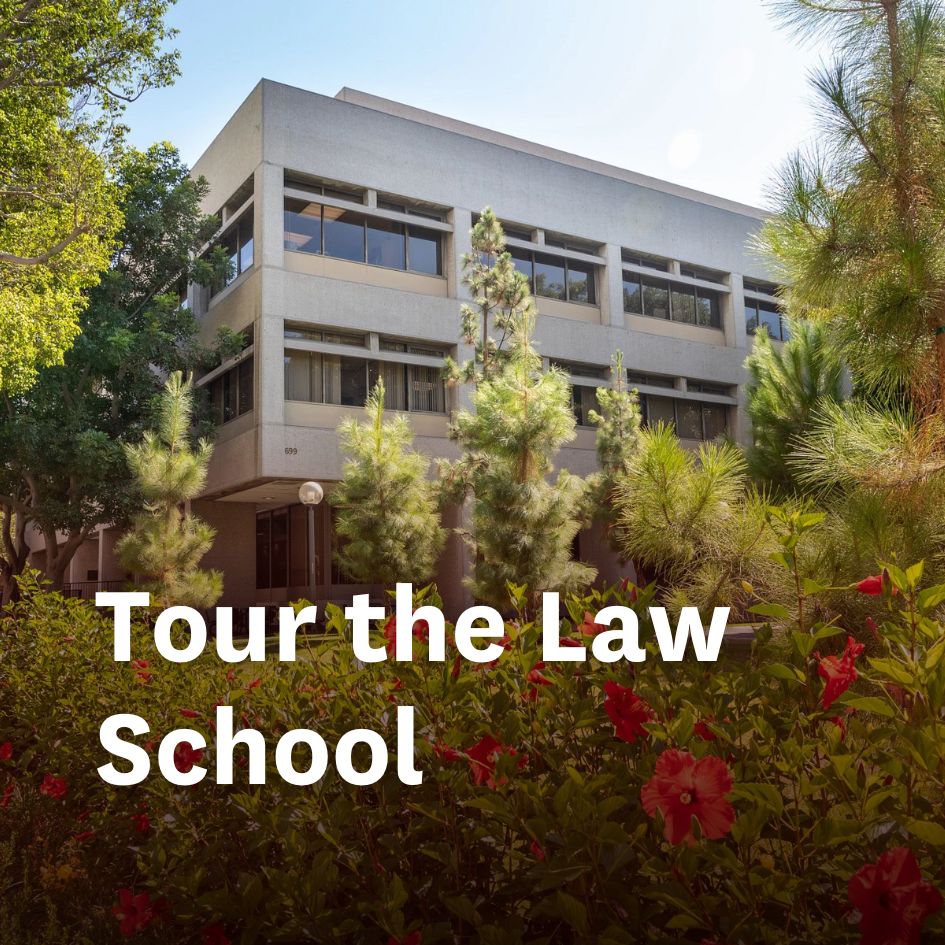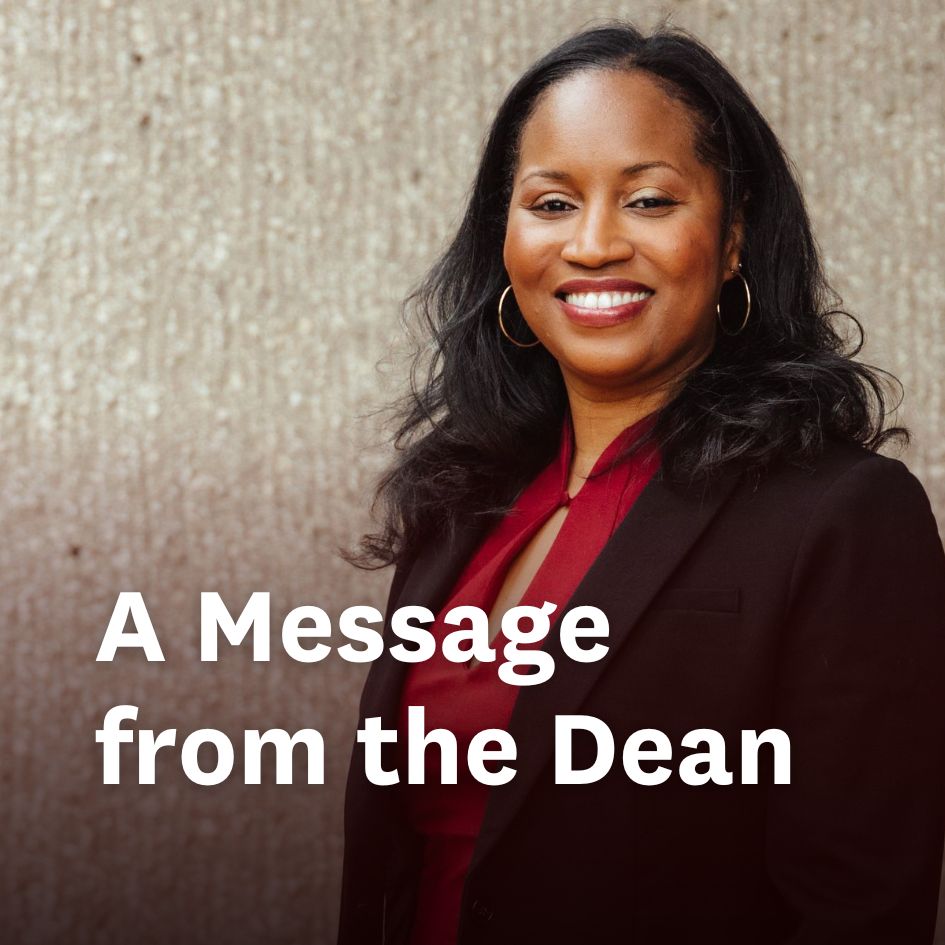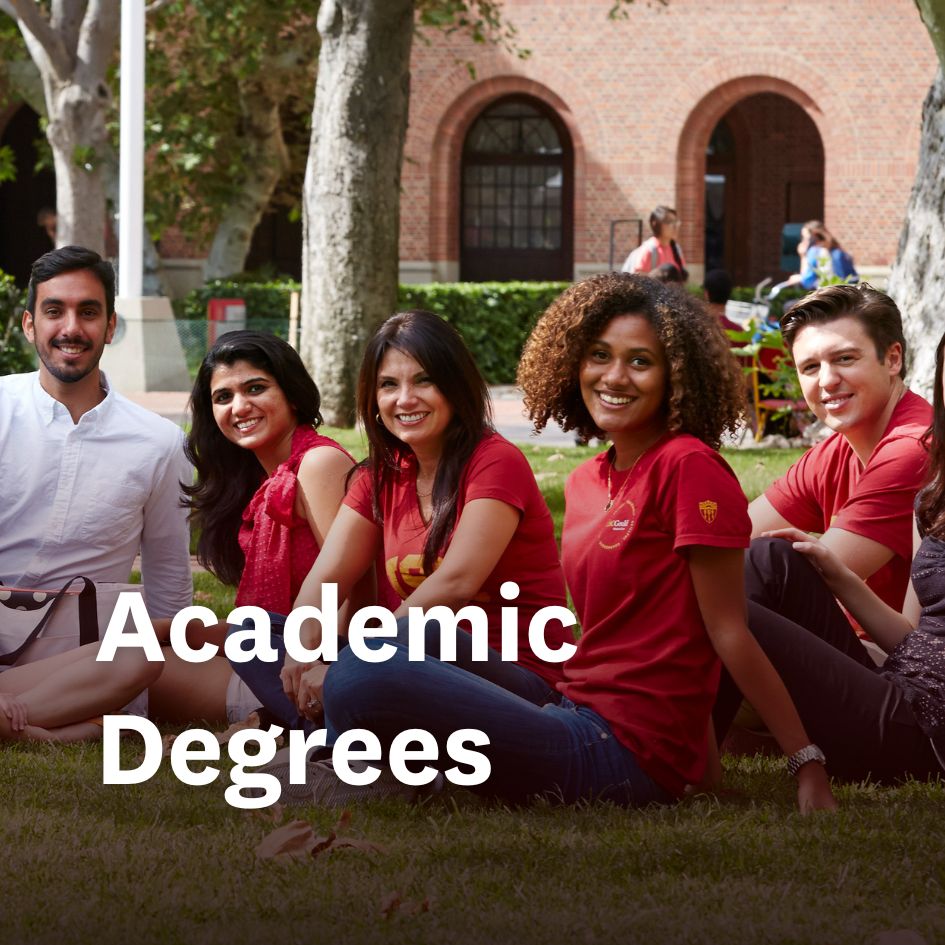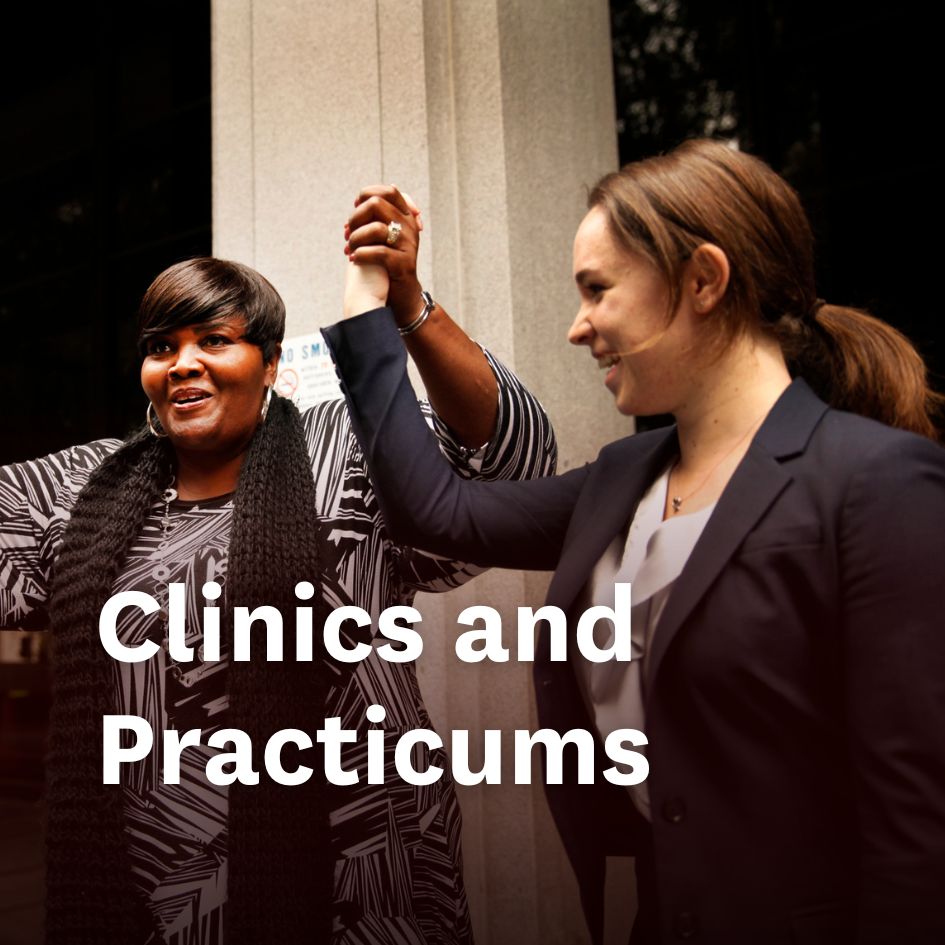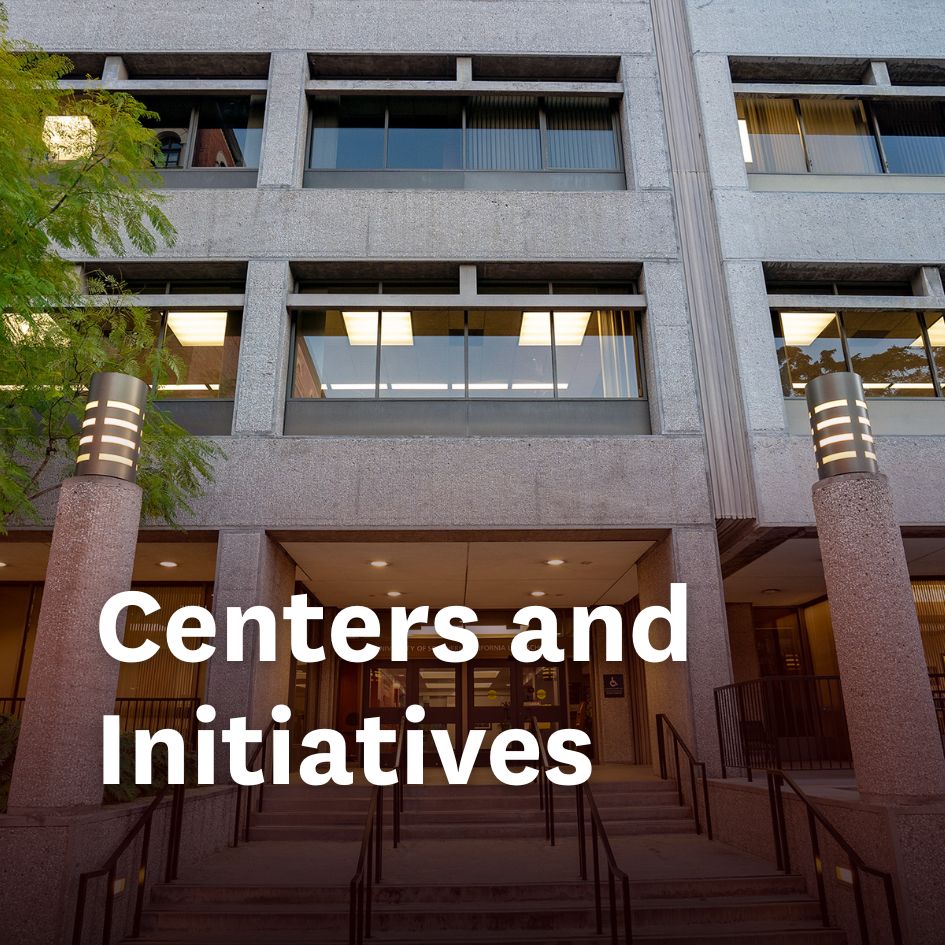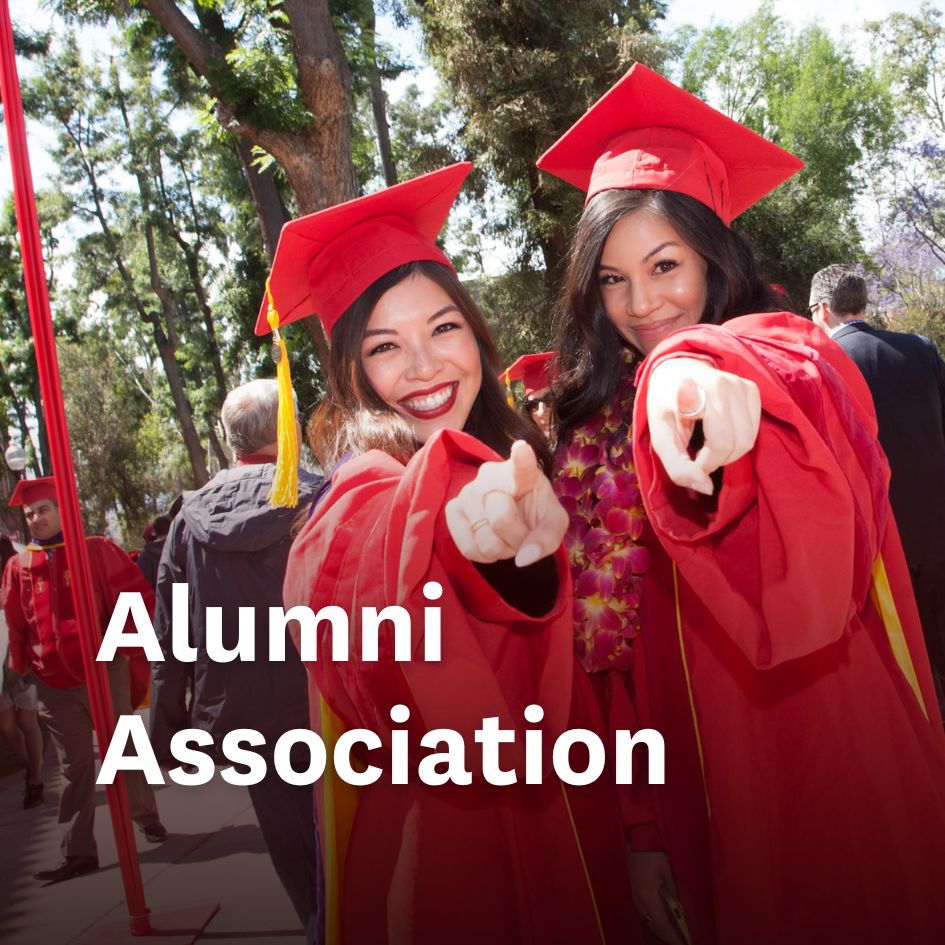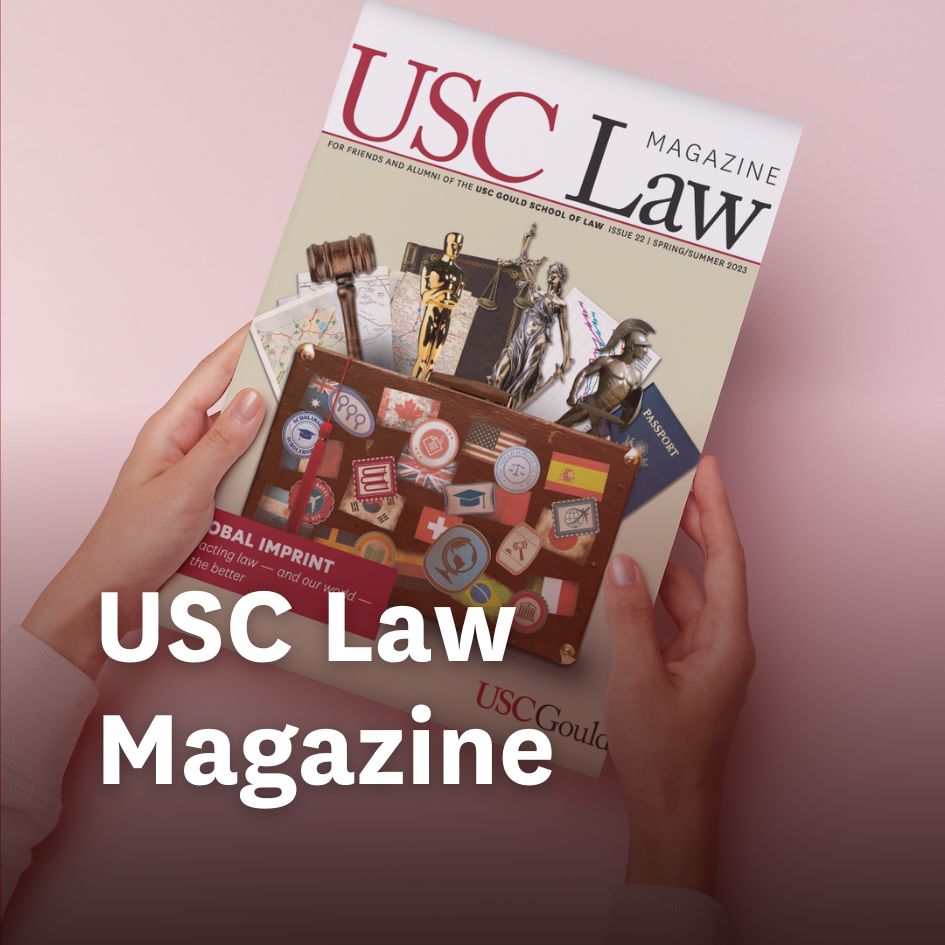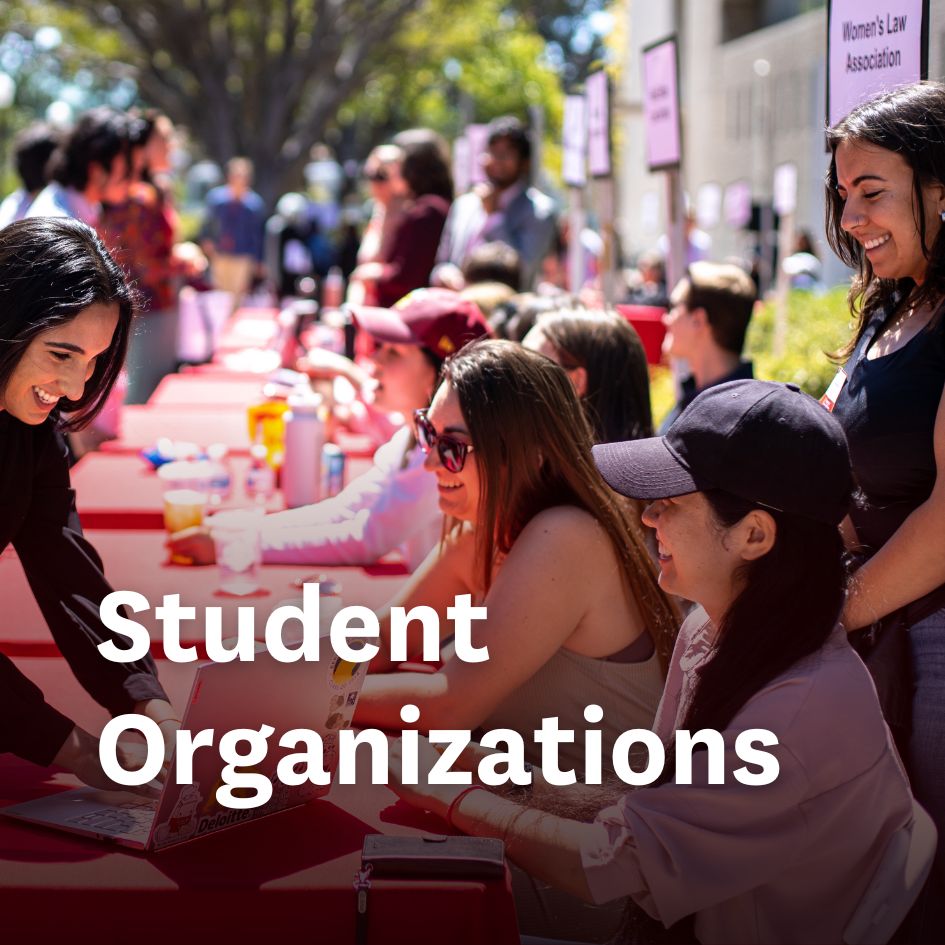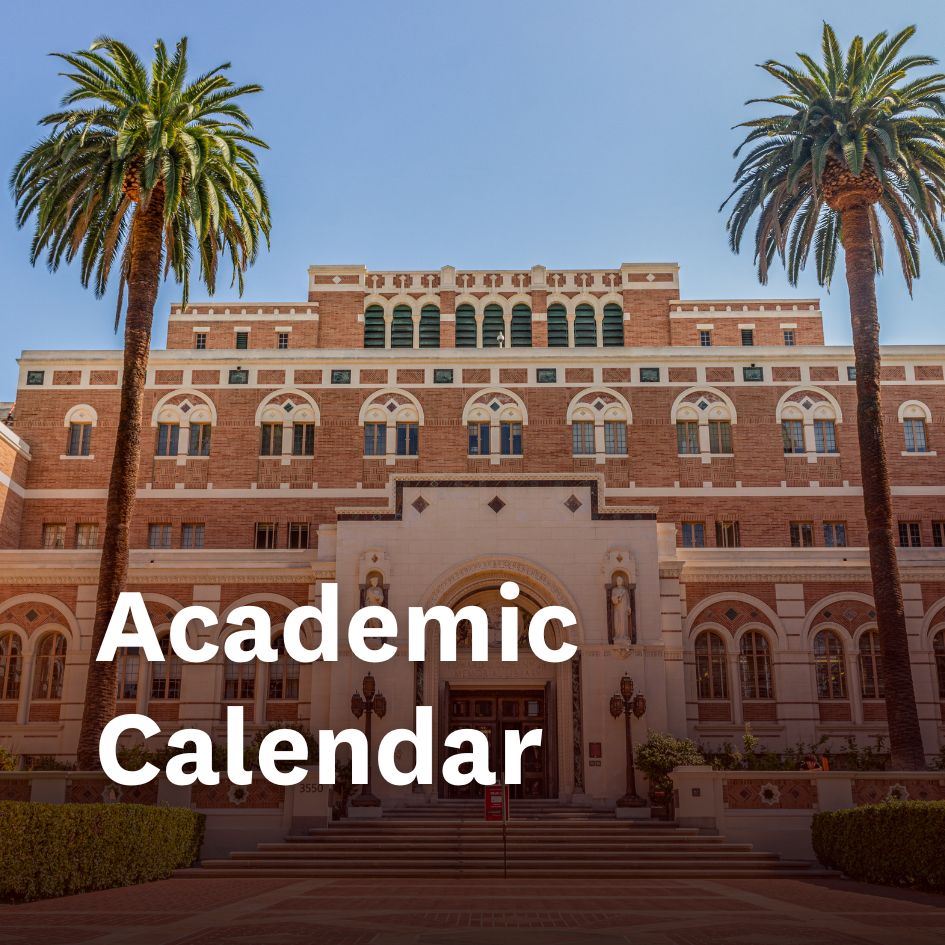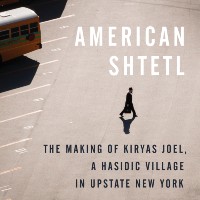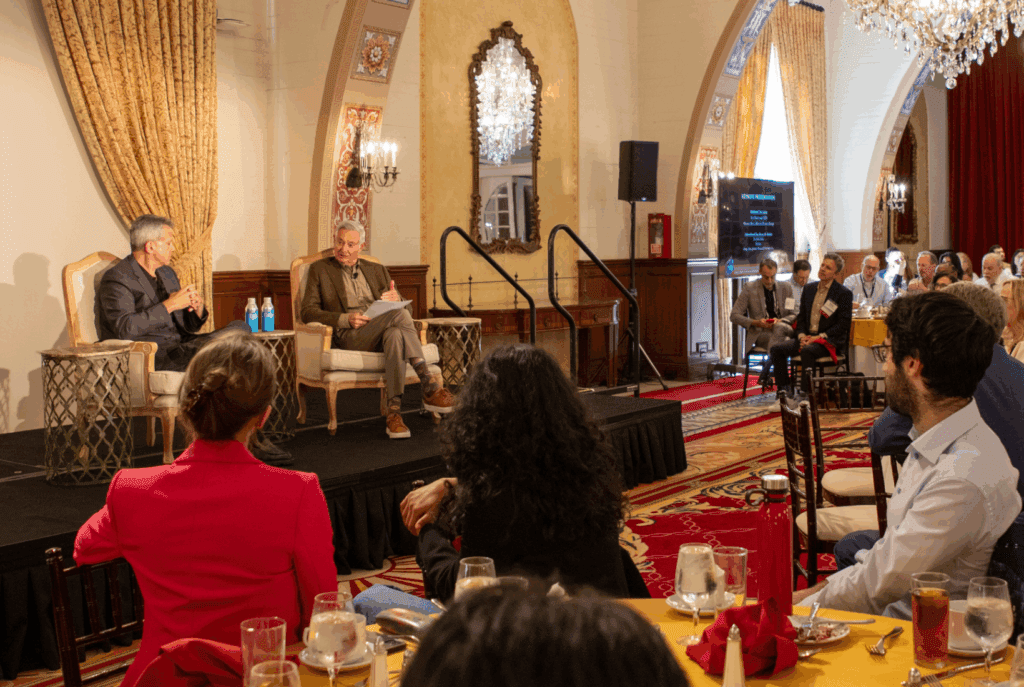Professor Nomi Stolzenberg is co-author of American Shtetl: The Making of Kiryas Joel, a Hasidic Village in Upstate New York
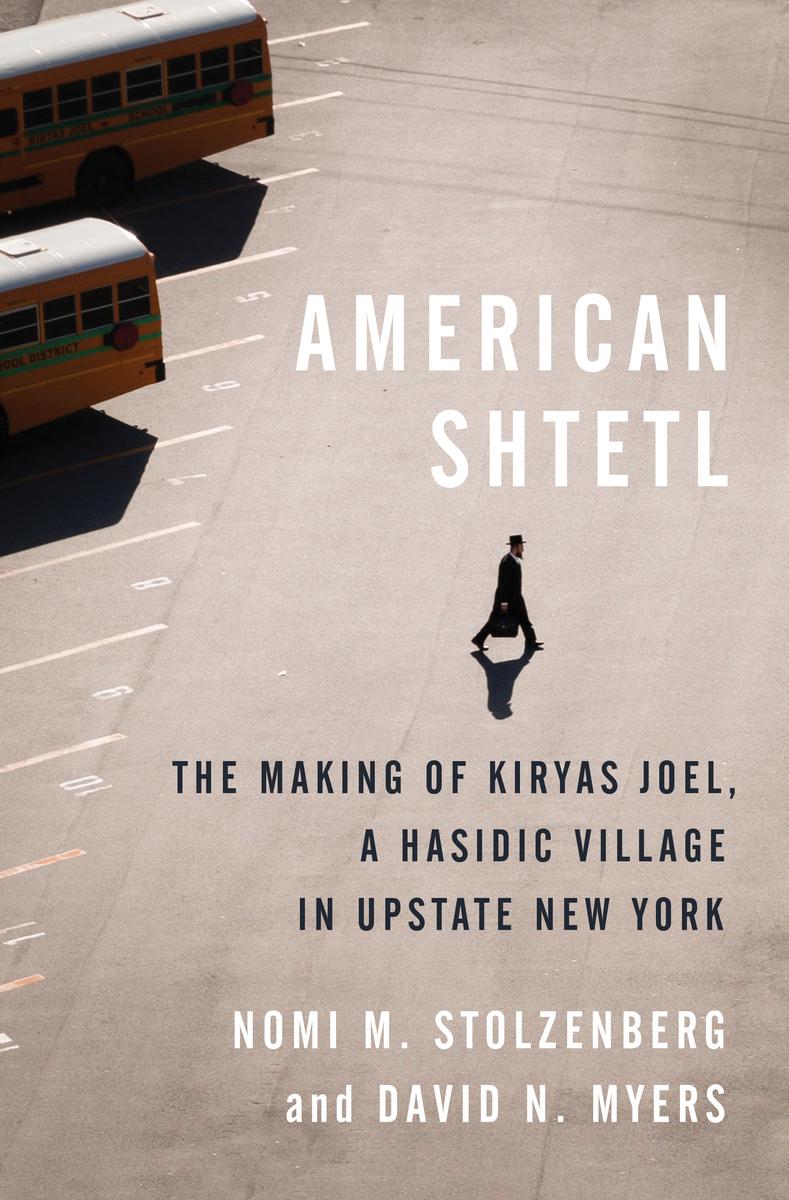 |
| American Shtetl: The Making of Kiryas Joel, a Hasidic Village in Upstate New York illustrates paradoxes of American law while utilizing secular American law and politics to exist as a separate community. |
A new book by Professor Nomi Stolzenberg and co-author David N. Myers, a professor of history at UCLA, illustrates paradoxes of American law via an in-depth portrait of an upstate New York town of Hasidic Jews that rejects the values of mainstream America while utilizing secular American law and politics to exist as a separate community.
American Shtetl: The Making of Kiryas Joel, a Hasidic Village in Upstate New York (2022, Princeton University Press) examines how the enclave, settled in the 1970s, exists as a separatist society on American soil – particularly relevant at a time when separatism and recession are openly discussed as solutions to political polarization.
“Once we [stop] pretending there’s a distinction between public and private action, a fundamental normative question emerges: do we want to continue to maintain laws in a way that facilitates separatism?” says Stolzenberg. “How far will we let this go, for [a community] to live according to their own law and exempt from laws of state?”
A review in The New Yorker calls American Shtetl “an extraordinary and riveting account,” and the Los Angeles Review of Books notes that the book “describes in arresting detail the trajectory and triumph of arguably one of the most paradoxical villages in the United States.” In October, American Shtetl was named to The New Yorker’s Best Books of 2022 So Far.
Stolzenberg, whose academic focus includes religious law and property law, and Myers, a scholar of Jewish history (and Stolzenberg’s husband), found that the story of Kiryas Joel was really a story of America, and a striking case study of how divisions between York private action and public action are often blurred. For example, the enclave purchased real estate and sold it off within the community – a private, voluntary action – but its members also had the right to vote to incorporate the community into a municipality – a public, governmental action.
.JPG) |
| Professor Stolzenberg’s academic focus includes religious law and property law. |
Pros and cons of separatist communities became clear as they dug deeper, including positive aspects such as resisting cultural conformity, celebrating differences and preserving the right of people to live where they want to live. But also apparent were the dangers of radically separating groups from each other, including a lack of caring and respect for others’ boundaries and lives.
“You get the situation we have now, with people who say they have the right to be exempt from COVID regulations, or civil rights laws,” she says. “COVID shows us that no group can completely separate itself from society. In reality we are interdependent. No group can completely insulate itself.”
Perhaps the most surprising finding about Kiryas Joel was the presence of “double lifers” – community members who don’t necessarily agree with the way the community is run but aren’t inclined to leave, lending a measure of diversity to the community. The term “double lifers” was coined by Ayala Fader, professor of anthropology at Fordham University.
“They stay not because they feel compelled to, but by choice,” Stolzenberg says. “They are critical of the community, but they really value other aspects of community and don’t want to give it up.”
Stolzenberg became aware of Kiryas Joel through a 1994 Supreme Court opinion on an establishment clause case. At the time, Stolzenberg, newly tenured, found the First Amendment implications fascinating and wrote a short paper on Kiryas Joel, noting that the opinion exposed “the tip of the iceberg” of what could be learned from the community.
“You can’t understand this community or the relationship of it to American law unless you look at it from the bottom up,” she says.


